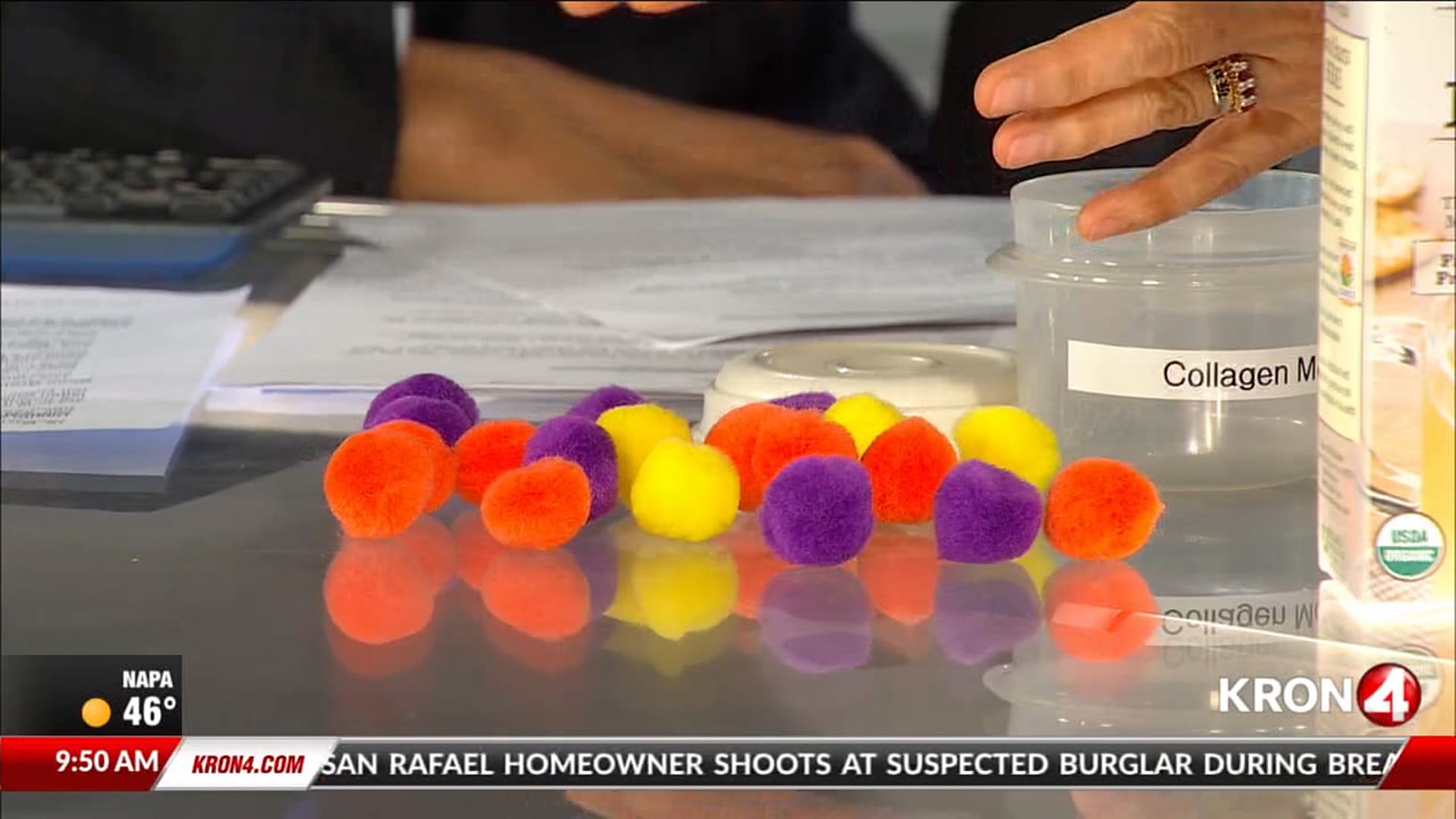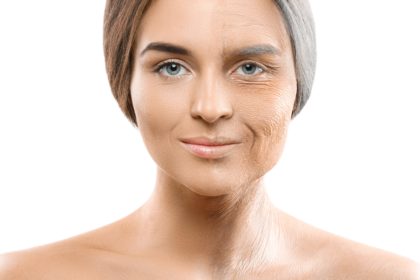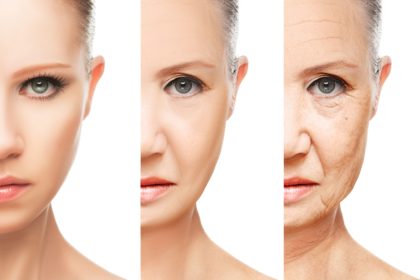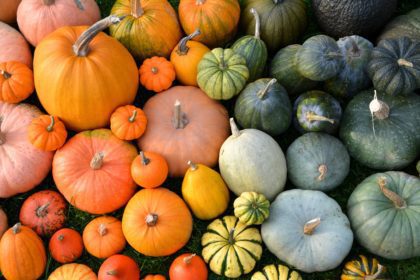It’s cold outside and nothing warms the body more than a steaming hot bowl of soup. But the base for soups (and stews) is broth — including bone broth. Trending now is drinking bone broth. Those that drink it say it’s rich in protein, minerals, and collagen which build stronger bones, skin, joints, and more. So is bone broth the key to anti-aging?

Bone Broth — Where Did It Start?
The Paleo (“Caveman”) Diet is a modern fad diet which recommends drinking bone broth for the healing properties. Back in the caveman times, the animal parts, such as the bones, hooves, beaks, and knuckles were used to make bone broth, thus, turning inedible parts into a food that was edible.
Bone broth is made by long, slow cooking. Chicken and fish bones are simmered in water for a minimum of 4 hours; beef and bison bones for a minimum of 6 hours. Many people often let their bone broth simmer for 24 to 48 hours.
The difference between bone broth and regular broth is merely the cooking time. Bone broth cooks a lot longer to break down the bones and release their contents. The contents leached from the bones include: collagen, bone marrow, amino acids, and minerals, glucosamine, and gelatin.
The Health Claim
Collagen is a major structural protein — the most abundant and longest living protein in the human body. According to Vocabulary.com and Online Etymology Dictionary, the word collagen comes from the Greek root kólla which means “glue” + the suffix -gen means “giving birth to” (producing). Historically, boiling the skin and tendons of horses and other animals were boiled to obtain glue.
Collagen is in your muscles (including the heart), blood vessels, bones, tendons, ligaments, organs, skin, intestinal lining, corneas, teeth, and other connective tissues. Think of collagen as the “glue” that holds these tissues together.
The collagen molecule consists of amino acids (the building blocks of protein). Drinking collagen is said to be good for:
- Improving skin quality
- Repairing torn cartilage and damaged joints
- Fixing gastrointestinal disorders
- Building stronger teeth
- Strengthening the immune system
- Improving overall health
Can Edible Collagen Directly Benefit Human Bones and Joints?
In comparison to other foods, there is, unfortunately, no scientific evidence to support the claims that eating collagen (amino acids) and minerals from bone broth is healthier and better for your connective tissue. Scientists state that eating collagen does not promote bone growth and other types of connective tissue — much less smooth away wrinkles.

Here’s why…. eating collagen does not end up as collagen in other parts of your body. When you consume collagen, the collagen molecule is broken down into individual amino acids by an enzyme in the stomach (called pepsin) in order to digest it. The amino acids are then reassembled. With that said, the collagen claim does not make sense.
Furthermore, food scientists state collagen is a POOR SOURCE of amino acids. In fact, eating a diet rich in leafy green vegetables offers richer sources in collagen building blocks as well as provide nutrients not found in adequate amounts in meat or bone broth.
Heavy Metals in Bones
Bones are known to store heavy metals, in particular, LEAD. When the bones are simmered, the lead may leach into the broth. In 2013, UK scientists conducted a small study examining the lead content in bone broth made from chicken bones.
Compared to water alone, the chicken broth contained 10 times more lead. NOTE: the chicken bones came from organic chickens. The skin and cartilage contained the highest amounts of lead.
Poor Source of Major Minerals
Contrary to the claims, studies in 1934 and again in 2017 (published in the Food and Nutrition Research) found bone broth was a poor source of calcium and magnesium — two minerals that may improve the health of bone, teeth, and muscles.
It is the addition of ingredients, such a vegetables, which raised the nutritional profile by increasing levels of potassium, calcium, magnesium, and iron.
![]() Karen’s Fit Tip: There is limited research available, but based on these studies and contrary to the health claims, bone broth appears to contain harmful components and is a poor source of nutrients.
Karen’s Fit Tip: There is limited research available, but based on these studies and contrary to the health claims, bone broth appears to contain harmful components and is a poor source of nutrients.
 If you make your own broth or buy it, the healthier alternative to bone broth is broth made from vegetables with NO bones — also known as vegetable broth — and ultimately vegetable soup! Pictured above: Basil Tomato Corn Soup
If you make your own broth or buy it, the healthier alternative to bone broth is broth made from vegetables with NO bones — also known as vegetable broth — and ultimately vegetable soup! Pictured above: Basil Tomato Corn Soup






